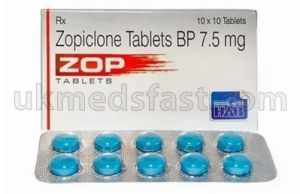When your check engine light starts blinking, it can be stressful. You might worry that you’re facing a costly repair or something more serious. But the truth is that your truck’s check engine light can come on for a variety of reasons—many of which are minor and easy to address. In this article, we look at the most common reasons why your check engine light might come on and what you should do when it happens. Read on to find out more.
1. You Have a Loose Gas Cap
One of the most common reasons why your truck’s check engine light is on is that you have a loose or missing gas cap. If your gas cap isn’t securely screwed in place, it can trigger the check engine light because too much pressure is escaping from your fuel tank. This can cause an emissions-related failure and trigger the check engine light to come on.
To diagnose this issue, you’ll need to check your gas cap and make sure that it’s tightly screwed in place. If the gas cap is loose, tighten it and see if the light goes away. If the light remains on, then you may need to take your to a mechanic for commercial truck repair in Gainesville, so they can properly diagnose the issue. They will also help you determine if it’s something more serious that needs to be addressed.
2. You Have a Faulty Oxygen Sensor
A faulty oxygen sensor is another common cause of the check engine light coming on. The oxygen sensor monitors the amount of unburned oxygen in the exhaust and sends a signal to the engine control unit when it’s out of range. If this sensor is faulty or incorrectly calibrated, then it can cause issues with your truck’s emissions system and trigger the check engine light to come on.
You can diagnose this issue by checking the oxygen sensor for signs of damage. If it’s damaged, then you will need to replace it. You should also check the wiring and connections to ensure they are all in good working order. Additionally, knowing the signs and symptoms of a worn-out truck engine will help you determine if other engine parts may also need to be replaced. Being prepared and aware of potential issues can help you better handle any repair costs that come your way.
3. You Have a Broken Evaporative Emission Control System
The evaporative emissions control system (EVAP) is designed to prevent fuel vapors from escaping into the atmosphere. If it’s not working properly, then excess fuel vapors can escape and trigger the check engine light to come on. To diagnose this issue, you’ll need to have a professional check the EVAP system and replace any faulty parts. Remember that the key to preventing costly engine repairs is to stay on top of regular maintenance and check your truck’s systems regularly.
The Bottom Line
These are just a few common reasons your truck’s check engine light may come on. While some of these issues are minor and can be addressed easily, others may require more complex repairs. If you’re unsure what to do or suspect something more serious, it’s best to take your truck to an expert to diagnose it professionally. That way, you can be sure that the cause and solution are identified accurately and that any issues are addressed promptly.






